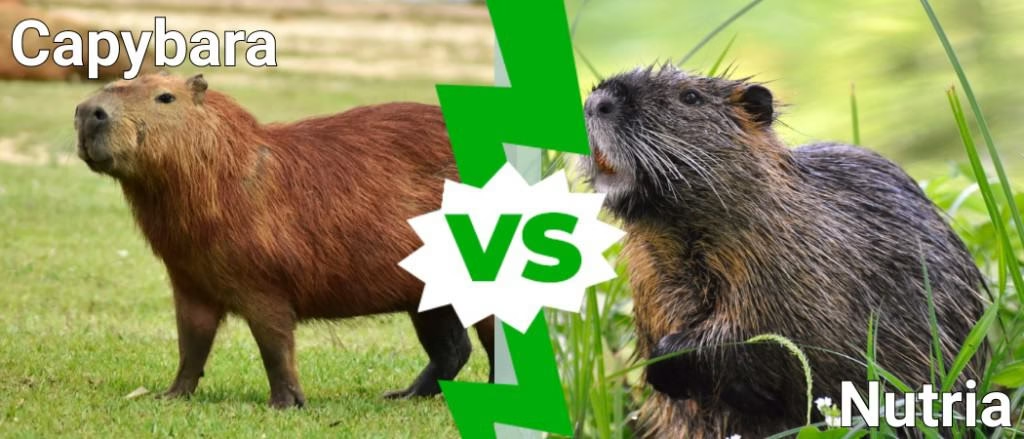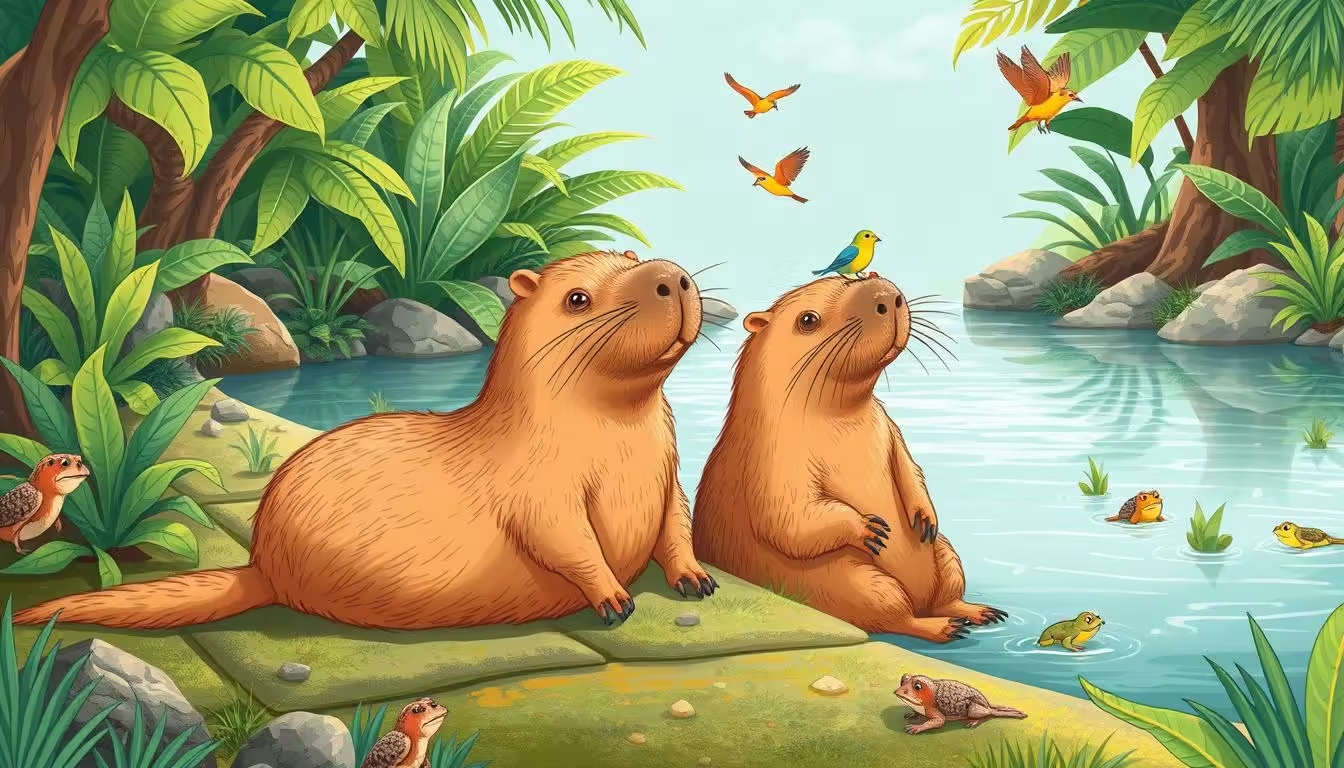Capybaras and nutrias belong to the same order, Rodentia, but different families. Capybaras are in Caviidae, and nutrias are in Myocastoridae. They live in different parts of the Americas and have different habits. Knowing about these differences helps us understand the wide variety of rodents. Key Takeaways Capybaras are the largest rodents in the world, […]
Author Archives: Sharon
Did you know capybaras can damage up to 26.5% of a cornfield? Capybara. They are causing big problems for farms and the local environment. They love areas with water and plants like sugarcane and pasture. This means they are taking over farmland. They damage crops and upset the balance of nature. Key Takeaways Capybaras can […]
Capybara, the semi-aquatic creatures from South America are often mistaken for pigs or beavers. Their size and unique look lead to many misconceptions about them. We’ll look at the truth behind these myths. We’ll explore their social behavior, diet, and role in ecosystems. We’ll also examine their portrayal in popular culture. Our goal is to […]
Capybaras are found in high numbers, up to 195 per square kilometer in southeastern Brazil. They play a key role in their ecosystems. But, their future is at risk due to habitat loss and hunting. Capybaras, known scientifically as Hydrochoerus hydrochaeris, live from Panama to Argentina. While their species is not considered endangered, a close […]
Capybaras have become viral sensations in movies, cartoons, and internet memes. These semi-aquatic herbivores from South America can grow up to 134cm long and weigh over 60kg. They are truly remarkable creatures. Their name comes from the Tupi language, meaning “grass eater.” This name fits their gentle and unassuming nature. Capybaras have won the hearts of […]
Did you know capybaras weigh between 35 to 70 kilograms, averaging about 50 kilograms? These large rodents from South America have won the hearts of many. They can be found in zoos and animal sanctuaries, offering a chance to see them up close and learn about them. In the United States, zoos like the San […]






